The reliability of a diesel standby generator depends on the proper condition of its lubrication system. During extended periods of inactivity, diesel standby generators must be ready to handle sudden critical load demands. The entire service life and
With the changing seasons, special attention is needed for diesel standby generator to ensure their readiness and operational integrity. This emergency power equipment may be affected by environmental changes, such as temperature fluctuations and humi
electric solar generator is a valuable investment in clean and portable power. Proper maintenance is important to extend their lifespan and ensure reliable operation when needed. Maintaining an electric solar generator does not require extensive work,
A electric solar generator is a clean energy system that converts solar energy into electricity and stores it for use at any time. It is completely different from traditional generators that burn gasoline or diesel, with key features being quiet, poll
As a power supply device, the reliability and safety of Electric generator is extremely important. They require continuous and comprehensive maintenance. Developing a comprehensive maintenance strategy is a good way to ensure that this critical asset performs when needed. 1、A fundamental aspect of caring for any Electric generator involves its fuel system. Stagnant fuel can degrade over time, leading to clogged filters and injectors, which can prevent the electric generator from starting or running smoothly. Implementing a fuel management program, including regular testing and conditioning, is crucial. Furthermore, the fuel tank itself should be inspected for contaminants or water accumulation to protect the heart of the Electric generator. 2、The importance of lubrication cannot be overstated. The engine of an Electric generator depends on clean oil to minimize friction and wear. Checking oil levels before every start is a simple yet vital habit. Equally important is adhering to a schedule for oil and filter changes based on usage patterns, ensuring the internal components of the Electric generator are consistently protected. 3、Another critical area is the cooling system. An Electric generator produces significant heat during operation, and a malfunctioning cooling system can lead to rapid engine failure. Regular inspection of coolant levels, hoses, and the radiator is essential. The cooling system should be kept clean and free of debris to allow for efficient heat dissipation, preserving the operational integrity of the Electric generator. 4、The electrical components of the Electric generator demand equal attention. Battery terminals should be kept clean and tight to ensure a strong starting charge. The batterys age and charge level should be monitored proactively. Periodically exercising the Electric generator under load is also a key practice. This process verifies that all systems, from the engine to the voltage regulator, are functioning in unison and ready for a real power outage. In conclusion, maintaining an Electric generator is a multifaceted responsibility. By establishing a routine that encompasses the fuel, lubrication, cooling, and electrical systems, you invest in the long-term reliability of your equipment. A diligently maintained Electric generator is not just a machine; it is a promise of continuity and security. More information about Electric generator: https://huaquanpower.com/
As an important power source in various industries, Electric generator must be operated in strict accordance with operating procedures. These precautions are intended to ensure safety, efficiency, and the longevity of the equipment, while minimizing risks. A Electric generator is an energy conversion device that converts mechanical energy into electrical energy. It is the core and starting point of modern power systems. 1. The working principle of a Electric generator is based on the law of electromagnetic induction: When external forces (such as steam, water flow, wind, or an internal combustion engine) drive the magnets (rotor) inside the generator to rotate, the rotating magnetic field cuts through the surrounding fixed coils (stator), thereby inducing a current in the coils and generating the electricity we use. In simple terms, its working process is: input mechanical energy internal electromagnetic induction output electrical energy. 2. The main applications of generators include: Core equipment in major power plants (hydropower plants, thermal power plants, wind farms, etc.).Emergency backup power (such as diesel generators in hospitals and data centers).Portable power sources (such as small gasoline generators for fieldwork or camping). Introduction to Electric generator Operating Procedures: 1、Pre-Operation Checklist Before starting the Electric generator, inspect components for visible damage, verify fuel and oil levels, and ensure the environment is well-ventilated. Confirm that all connections are secure and loads are disconnected initially. This preliminary step reduces mechanical failures and hazards. 2、Startup and Monitoring Activate the Electric generator following manufacturer instructions, allowing it to stabilize under no load. Gradually apply loads while monitoring parameters like voltage stability and noise levels. Continuous observation during operation helps detect anomalies early, preventing emergencies. 3、Shutdown and Maintenance Safely shut down the Electric generator by gradually reducing loads and following the recommended cooldown process. Post-operation maintenance,such as checking for leaks, cleaning filters, and recording performance,extends the Electric generator lifespan. Regular training on these procedures fosters a culture of safety and reliability. More information about Electric generator: https://huaquanpower.com/
Biogas generator are important power equipment that can convert organic waste into valuable electricity. However, operating a Biogas generator involves unique hazards, and specific precautions must be taken to protect personnel, equipment, and the env
Selecting the appropriate Biogas generator is a crucial task. This process requires a comprehensive evaluation of several key factors to ensure that the system meets the specific project requirements and operational goals. This ensures that the chosen Biogas generator meets work requirements and guarantees the smooth operation of activities. The following introduction is provided for user reference. 1、Fuel Source and Quality The primary consideration is the nature of the biogas itself. The composition and purity of the biogas are fundamental. A high-quality biogas generator must be compatible with the specific methane content and capable of handling impurities that may be present. The technology chosen should ensure efficient combustion and stable operation, maximizing energy output from the available fuel. 2、Power Output and Application Determining the required electrical and thermal output is essential. The capacity of the biogas generator must match the energy demand of the application, whether for a small farm or a larger industrial facility. It is crucial to assess both the base load and potential peak demands to select a unit that operates efficiently under typical conditions without being significantly underloaded or overloaded. 3、Technical Performance and Durability The reliability and engineering quality of the biogas generator are paramount. Prospective users should prioritize units known for robust construction and consistent performance. Evaluating the maintenance needs, accessibility for service, and the availability of technical support ensures long-term operational stability and minimizes downtime. 4、Environmental and Economic Integration Finally, the broader context of environmental compliance and economic feasibility cannot be overlooked. A well-chosen biogas generator will effectively contribute to emissions reduction and waste management goals. Simultaneously, an analysis of the initial investment, operational expenses, and potential energy savings is necessary to confirm the projects financial viability. In conclusion, selecting a biogas generator is a multifaceted process. By carefully weighing factors such as fuel quality, power requirements, technical robustness, and overall economic and environmental benefits, stakeholders can make an informed decision that ensures reliable and sustainable energy generation for years to come. More information about Biogas generator: https://huaquanpower.com/
generator products have become indispensable guardians in our daily operations, from home comfort to industrial productivity. Choosing the right generator products is a crucial decision that requires balancing multiple key factors to ensure the select
On November 4th, a Nigerian client visited Huaquan Power to purchase generator sets, addressing the development difficulties caused by inadequate power infrastructure in mining operations. After an on-site inspection, the client was highly satisfied w
Proper shutdown of large industrial generators is important for ensuring the longevity of the equipment and operational safety. Large industrial generators are the backbone of continuous power supply across various industries, and special attention is required during shutdown to prevent mechanical stress and potential failures. Unlike standard equipment, large industrial generators involve complex systems where oversight can lead to significant downtime or costly repairs. Therefore, adhering to a structured shutdown protocol is not just recommended but essential for any facility relying on these robust power sources. 1、A comprehensive checklist should guide the shutdown process for large industrial generators. Initially, a gradual reduction of the electrical load is imperative to allow the engine and alternator to cool down systematically. Abruptly cutting off load can cause thermal shock, damaging critical components. 2、Subsequently, the fuel supply needs to be managed.For diesel-powered large industrial generators, it is often advisable to let the unit run until the fuel in the lines is consumed, which helps prevent clogging in the injection system. The cooling system must also be inspected; the engine should ideally idle until its temperature normalizes, ensuring that circulating coolant prevents localized overheating. 3、Following this, the main circuit breaker should be switched to the off position, isolating the generator from the grid or connected load. A thorough visual inspection for leaks, unusual noises, or loose connections around the large industrial generators should be conducted post-shutdown. 4、Finally, recording operational parameters and any observed irregularities in a logbook provides valuable data for predictive maintenance and future startups. In conclusion, the diligent execution of shutdown procedures for large industrial generators directly correlates with their reliability and service life. Treating each shutdown with the same rigor as startup protocols ensures that these vital assets remain in prime condition, ready to deliver power when called upon. Establishing and following a standardized procedure is the cornerstone of effective management for large industrial generators. More information about large industrial generators: https://huaquanpower.com/
When using large industrial generators , it is important to follow safety procedures. The following information is provided for users reference. 1、Prioritizing Safety in Power Generation large industrial generators is indispensable assets for maintaining operational continuity across manufacturing plants, data centers, and critical infrastructure. Their immense power output demands rigorous adherence to safety protocols to protect personnel, equipment, and the surrounding environment. Operating these complex systems without proper precautions can lead to severe electrical hazards, mechanical failures, or environmental damage. This guide outlines fundamental safety principles for handling large industrial generators. 2、Operational Safety Procedures A comprehensive safety approach begins before startup. Always conduct a visual inspection of the large industrial generator, checking for fuel leaks, loose connections, or obstructions around ventilation systems. Ensure the work area is well-ventilated to prevent carbon monoxide accumulation. Only authorized and trained personnel should operate large industrial generators, utilizing appropriate personal protective equipment (PPE) including insulated gloves and safety glasses. 3、During operation, maintain a clear perimeter around the generator. Never bypass safety interlocks or attempt modifications while the unit is running. Monitor critical parameters regularly, being alert to unusual noises, vibrations, or exhaust color changes, which may indicate potential issues. Fuel handling for large industrial generators requires extreme cautionstore fuel in approved containers away from ignition sources and refrain from refueling a hot engine. 4、Emergency Protocols and System Shutdown Establish and rehearse clear emergency shutdown procedures. In case of an emergency, immediately activate the shutdown switch and cut off the fuel supply. Always de-energize and properly lock out/tag out large industrial generators before performing any maintenance, ensuring all parts have cooled sufficiently. Post-incident, conduct a thorough inspection and review procedures to prevent recurrence. Consistent training and adherence to manufacturer guidelines form the foundation of safe interaction with large industrial generators, safeguarding both personnel and the substantial investment these systems represent. More information about large industrial generators: https://huaquanpower.com/
Oilfield generators play a critical role in powering operations in remote and demanding environments. Proper usage is essential for maintaining safety, reliability, and equipment longevity. This guide outlines practical considerations for operating Oilfield Generators effectively, focusing on preventive measures rather than complex data. Daily Operational PracticesRegular inspection of Oilfield Generators is a fundamental step. Check fuel levels and ensure there are no leaks in the system. Monitor the engine oil and coolant levels before starting the unit. Always operate Oilfield Generators on stable, level ground to prevent tipping or vibration issues. Keep the generator and its surrounding area clean from debris, dirt, and any flammable materials to reduce fire hazards. Safety and Maintenance ProtocolsSafety is paramount when working with Oilfield Generators. Ensure all personnel are trained on emergency shutdown procedures. Never refuel a running or hot generator; always turn it off and allow it to cool. Use appropriate personal protective equipment, such as gloves and ear protection, during operation and maintenance. Schedule routine servicing for Oilfield Generators, including air filter cleaning and spark plug checks, to avoid unexpected breakdowns. Environmental and Load ConsiderationsBe mindful of the environment where Oilfield Generators are deployed. Protect the unit from extreme weather conditions like heavy rain or direct sunlight when possible. Avoid overloading the generator, as this can cause overheating and damage. Distribute the electrical load evenly and prioritize essential equipment. Proper grounding of Oilfield Generators is crucial to prevent electrical faults and ensure operator safety. By integrating these guidelines into daily routines, operators can enhance the performance and safety of Oilfield Generators, supporting continuous and efficient field operations. More information Oilfield Generators: https://huaquanpower.com/
Oilfield Generators are important power supply equipment at remote extraction sites, providing power to critical equipment under harsh conditions. Adhering to strict safety operating procedures can maintain their good performance and ensure normal work operations. It can also reduce the risk of accidents, ensuring personnel safety and uninterrupted operations. The following is provided for user reference. 1、Pre-Operational Checks Before starting oilfield generators, conduct a thorough visual inspection. Verify that all components, including fuel lines and electrical connections, are secure and free from damage. Ensure the generator is placed on stable ground to prevent shifting during operation. Check fluid levelssuch as engine oil and coolantto avoid mechanical failures. Never overlook these steps, as negligence can lead to hazardous incidents involving oilfield generators. 2、Safe Operation Practices During operation, maintain a clear area around oilfield generators to allow for ventilation and emergency access. Operators must wear appropriate personal protective equipment, like gloves and hearing protection, to mitigate exposure to noise and heat. Monitor the generator for unusual noises or leaks, and shut it down immediately if anomalies occur. Regular maintenance schedules are essential to sustain the reliability of oilfield generators, focusing on parts prone to wear in demanding environments. 3、Emergency and Shutdown Protocols In emergencies, such as fire or equipment malfunction, use accessible extinguishers and follow established evacuation routes. Always turn off oilfield generators using the designated shutdown procedure, allowing the system to cool before any inspection or refueling. Post-operation, document any issues for future reference, reinforcing a culture of safety. More information about Oilfield Generators: https://huaquanpower.com/
The performance of industrial generator relies on often overlooked air filters, which protect the engine from harmful contaminants. Proper maintenance of this component is not just a routine task but an important practice to ensure the longevity and efficiency of any industrial generator. 1、The air filter in an industrial generator acts as the first line of defense, preventing dust, debris, and pollutants from entering the engine. Over time, these particles accumulate, leading to clogged filters that strain the system. 2、For an industrial generator operating in harsh conditionssuch as construction sites or manufacturing plantsregular inspection is essential. Technicians should check the filter periodically, looking for visible dirt or damage, and clean it using compressed air if reusable. 3、If the filter shows signs of wear, replacement is necessary to avoid reduced airflow, which can cause overheating and decreased power output in the industrial generator. 4、Moreover, a well-maintained air filter contributes to fuel efficiency and emission control in an industrial generator. 5、By ensuring clean air intake, the engine runs smoothly, minimizing unburned fuel and extending the units lifespan. Incorporate these steps into a broader maintenance schedule: inspect monthly, clean as needed, and replace annually or based on operational hours. Emphasizing these practices helps prevent costly repairs and downtime, keeping the industrial generator ready for any power demand.In summary, proactive care of the air filter is a simple yet powerful way to safeguard the reliability of your industrial generator, ensuring it continues to deliver uninterrupted performance. More information about industrial generator: https://huaquanpower.com/
industrial generator is an important source of electricity in various industries. Ensuring their safe operation is crucial to prevent accidents and maintain productivity. The following introduces the safety operation guidelines for industrial generator for users reference. 1、First, always conduct a pre-use inspection of the industrial generator. Check for visible damage, leaks, or loose components. Ensure that the generator is placed on a stable, level surface in a well-ventilated area to avoid overheating and reduce the risk of fire. Verify that all connections are secure and that the fuel supply is adequate and stored safely. Never operate an industrial generator indoors or in enclosed spaces, as this can lead to dangerous carbon monoxide buildup. 2、During operation, only trained personnel should handle the industrial generator. Wear appropriate personal protective equipment, such as gloves and safety glasses, to protect against electrical shocks and burns. Keep the area around the industrial generator clear of flammable materials and debris. Monitor the generator regularly for unusual noises, vibrations, or smoke, which may indicate malfunctions. If any issues arise, shut down the industrial generator immediately and seek professional maintenance. 3、After use, follow proper shutdown procedures. Allow the industrial generator to cool before refueling or performing any maintenance. Store it in a dry, secure location to prevent unauthorized access. Regular training and adherence to manufacturer guidelines are key to ensuring the long-term safety and reliability of industrial generators in any setting. More information about industrial generator: https://huaquanpower.com/
Huaquan generator is power solutions for industrial and emergency applications, and should be properly maintained to ensure operational efficiency and service life. The following is provided for user reference. 1、Routine Inspections of Huaquan generator Conduct weekly visual checks on the Huaquan generator. Look for leaks, corrosion, or loose connections in fuel lines and exhaust systems. Ensure the work area is clear of debris and well-ventilated to dissipate toxic fumes. Inspect belts and hoses for wear or damage to prevent unexpected failures. 2、Battery Care of Huaquan generator Inspect battery terminals for corrosion and ensure connections are secure. Test battery voltage periodically to guarantee reliable starting. Keep batteries charged during storage to prevent sulfation. A well-maintained battery ensures quick response during emergencies. 3、Fluid Management Maintain clean oil and coolant levels to protect the engine from overheating. Replace oil and filters at recommended intervals to avoid sludge buildup. Monitor coolant quality to prevent chemical degradation, which can lead to internal damage. Proper fluid management is crucial for the Huaquan generator smooth operation. 4、Load Testing Perform periodic load tests to verify the Huaquan generator capacity under real-world conditions. Gradually increase load while monitoring voltage and frequency stability. This practice helps identify potential issues before they escalate. Avoid overloading the unit to prevent mechanical strain. 5、Storage Practices of Huaquan generator Store the Huaquan generator in a dry, ventilated area away from extreme temperatures. Use fuel stabilizers to prevent degradation during prolonged inactivity. Cover the unit to protect against dust and moisture. Proper storage ensures readiness for immediate use. By following these maintenance steps, users can extend the lifespan of their Huaquan generator and ensure reliable performance. More information about Huaquan generator: https://huaquanpower.com/
Huaquan generator is reliable power solutions for industrial and emergency applications, and strict adherence to safety regulations is required to ensure operational integrity and personnel safety. The following introduction is provided for user refer
Deeply rooted globally, sharing electricity. Huaquan Power will showcase new equipment and products at the Kazakhstan International Electricity Exhibition. Date: October 21-23, 2025; Booth No.: 10-F05
When using a Generator set , be sure to regularly check the oil level, coolant, and filters, ensure good ventilation, avoid overloading, and strictly follow the shutdown cooling procedures. The following is provided for users reference. 1、Operationa
 Maintenance of the Lubrication System for d2025-11-18
Maintenance of the Lubrication System for d2025-11-18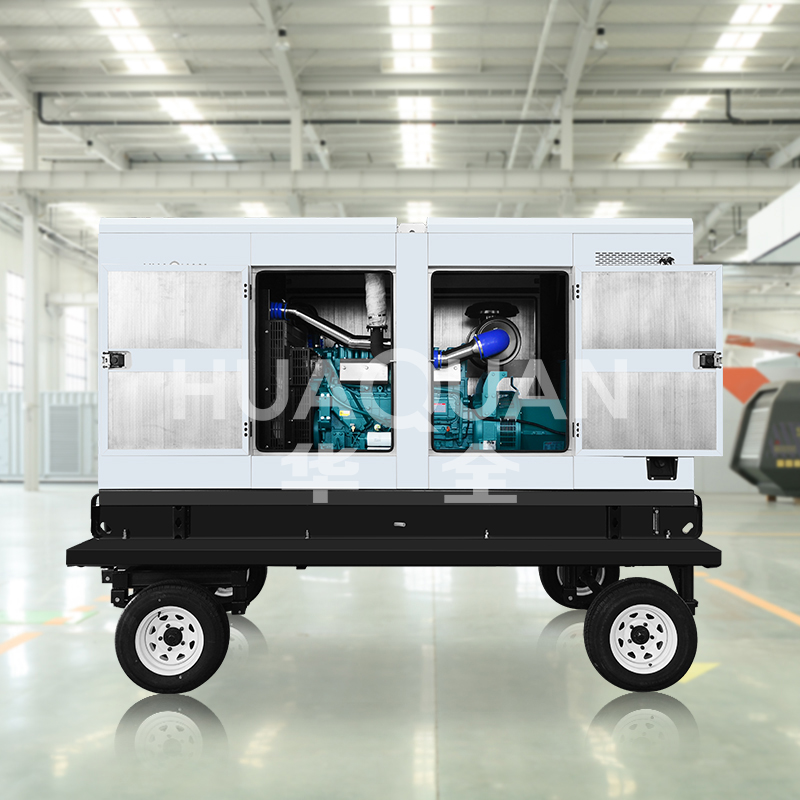 Seasonal Precautions for diesel standby gen2025-11-18
Seasonal Precautions for diesel standby gen2025-11-18 Maintenance Precautions for electric solar 2025-11-14
Maintenance Precautions for electric solar 2025-11-14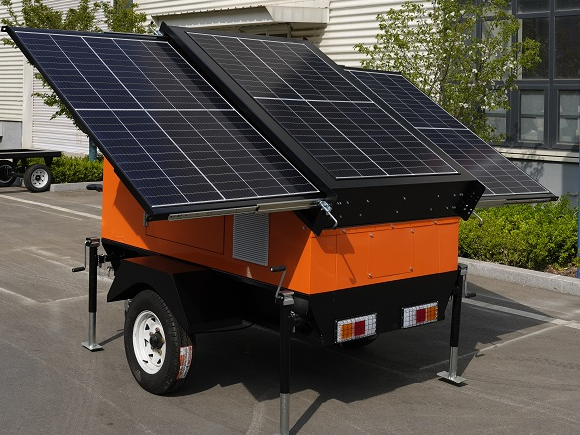 electric solar generator Safety Operation P2025-11-14
electric solar generator Safety Operation P2025-11-14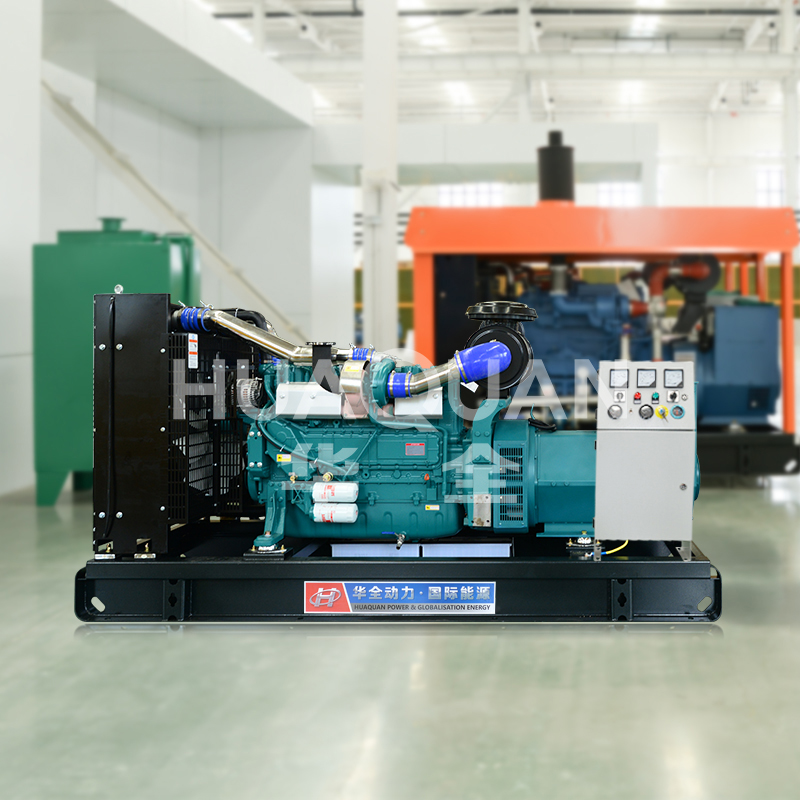 Precautions for the Maintenance of Electric2025-11-12
Precautions for the Maintenance of Electric2025-11-12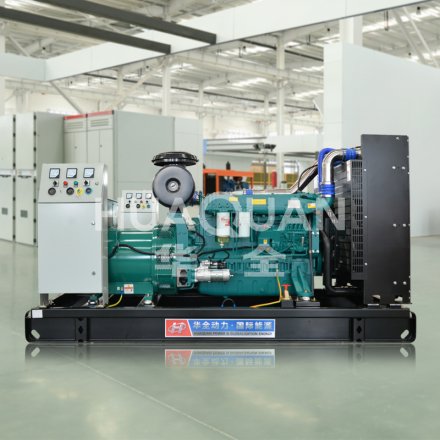 Introduction to Electric generator Opera2025-11-12
Introduction to Electric generator Opera2025-11-12 Safety Precautions for Operating Biogas gen2025-11-10
Safety Precautions for Operating Biogas gen2025-11-10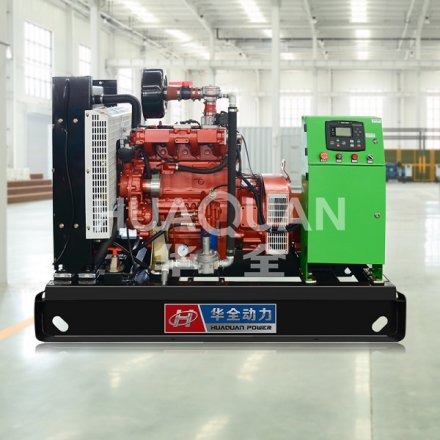 Considerations for Choosing a Biogas genera2025-11-10
Considerations for Choosing a Biogas genera2025-11-10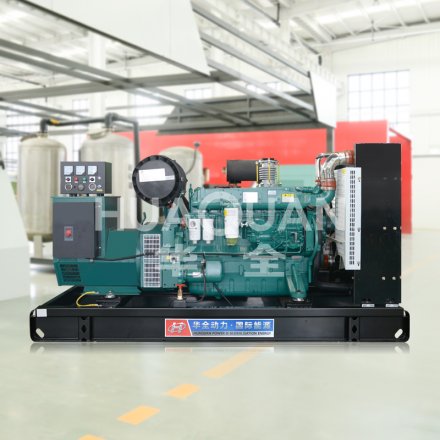 Considerations for Selecting generator prod2025-11-07
Considerations for Selecting generator prod2025-11-07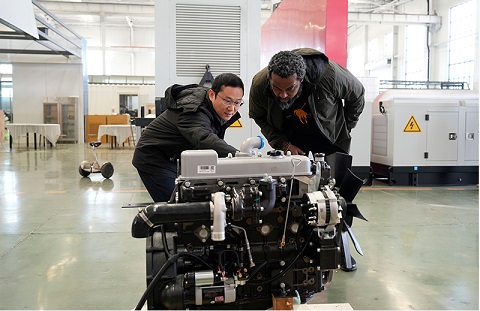 Huaquan Power Reaches Cooperation with Nige2025-11-07
Huaquan Power Reaches Cooperation with Nige2025-11-07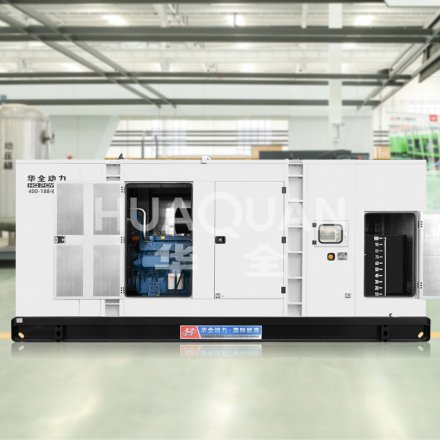 Precautions for Shutting Down large industr2025-10-31
Precautions for Shutting Down large industr2025-10-31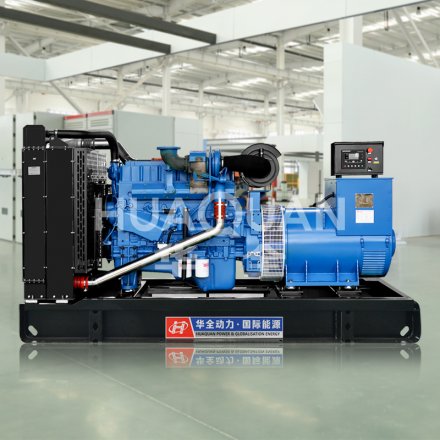 Essential Safety Guidelines for large indus2025-10-31
Essential Safety Guidelines for large indus2025-10-31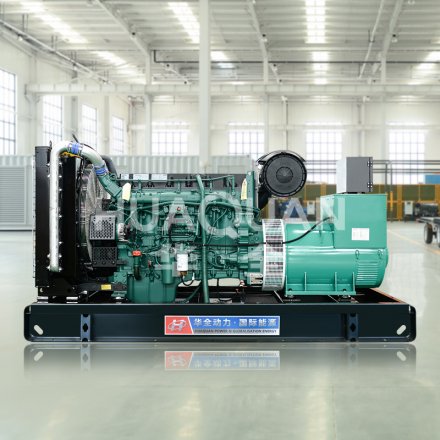 Introduction to Precautions for Using Oilfi2025-10-29
Introduction to Precautions for Using Oilfi2025-10-29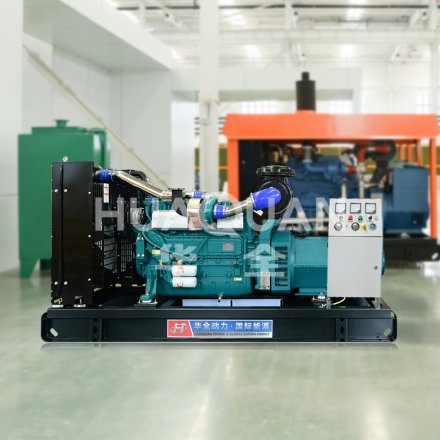 Safety Operating Procedures for Oilfield Ge2025-10-29
Safety Operating Procedures for Oilfield Ge2025-10-29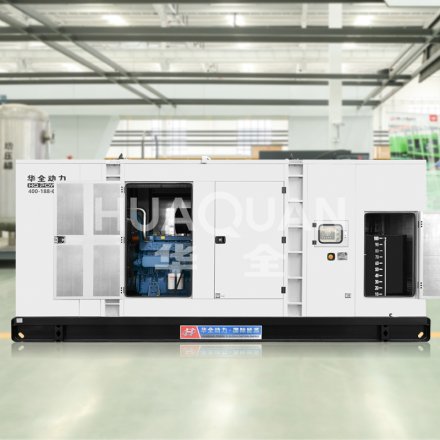 Maintenance of industrial generator Air Fil2025-10-24
Maintenance of industrial generator Air Fil2025-10-24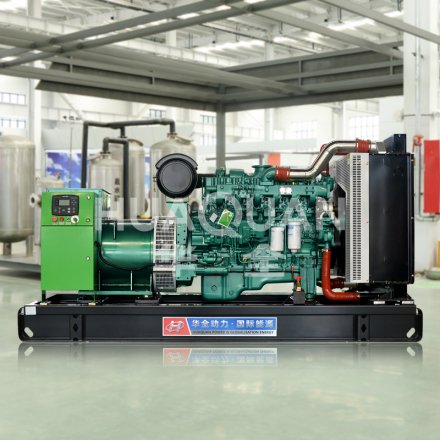 industrial generator Safety Operation Guide2025-10-24
industrial generator Safety Operation Guide2025-10-24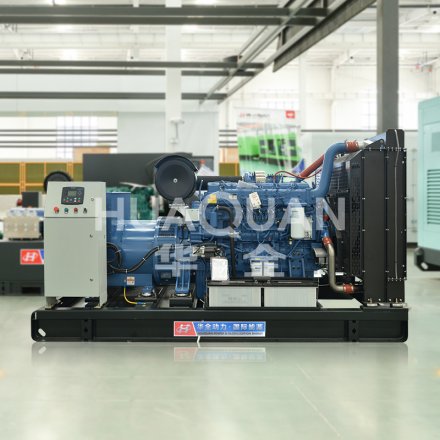 Huaquan generator maintenance content2025-10-22
Huaquan generator maintenance content2025-10-22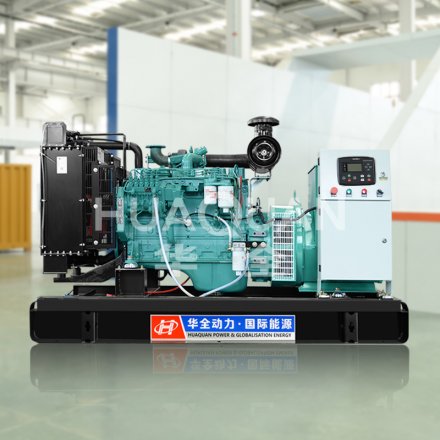 Huaquan generator Safety Operation Procedur2025-10-22
Huaquan generator Safety Operation Procedur2025-10-22 Huaquan Power Participates in Kazakhstan In2025-10-22
Huaquan Power Participates in Kazakhstan In2025-10-22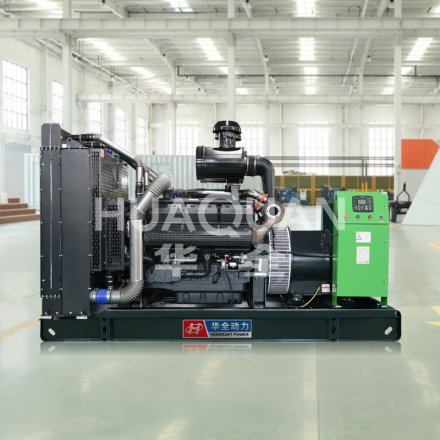 Generator set Usage Precautions2025-10-20
Generator set Usage Precautions2025-10-20




